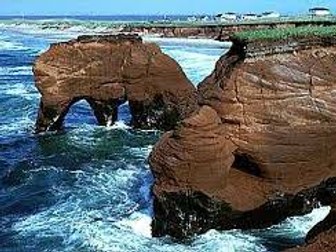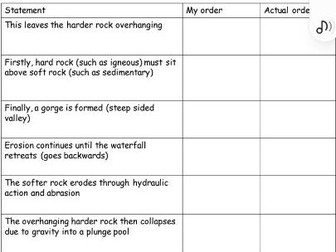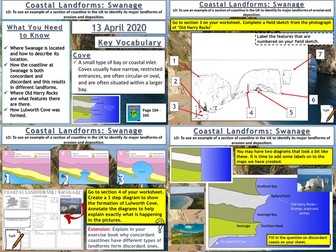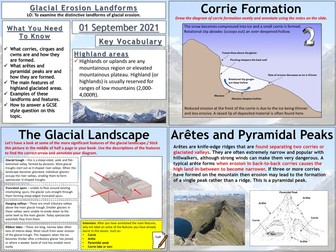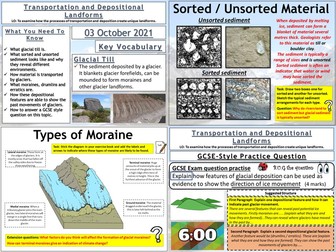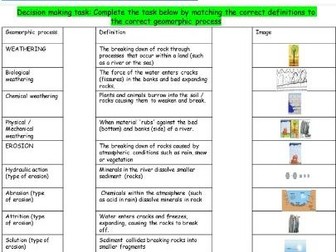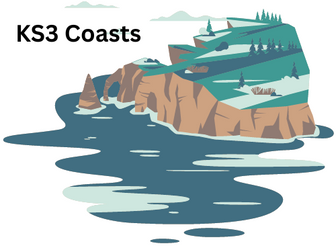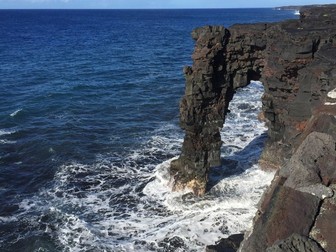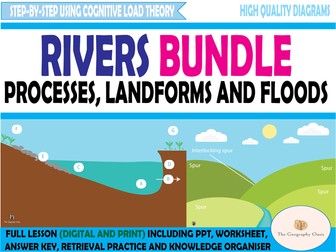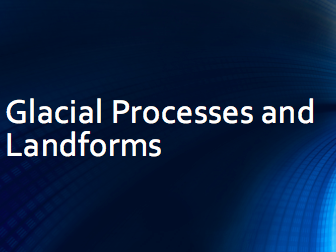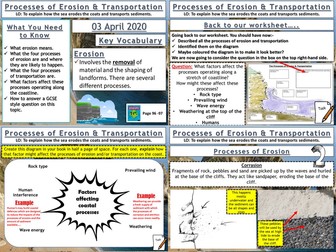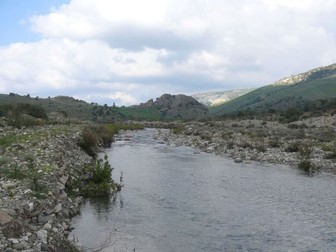
Mountain Landforms and Geomorphic Processes Worksheet
Mountain Landforms and Geomorphic Processes Worksheet
Overview:
This comprehensive worksheet is designed to enhance a range of critical thinking and analytical skills. It offers a wide variety of engaging exercises to improve your word meaning, inference, summarizing, analysis and evaluation, content evaluation, structure comprehension, retrieval skills, prediction, explanation, exploration, as well as comparison and synthesis abilities. It also includes an answer sheet for convenient marking.
Key Features:
• Word Meaning: Enhance your vocabulary by exploring and understanding the meanings of various words.
• Inferences: Master the art of drawing logical conclusions from given information.
• Summaries: Develop the skill to condense complex texts into concise and meaningful summaries.
• Analysis and Evaluation: Improve your ability to analyze and critically evaluate information.
• Content, Structure, and Quality: Assess the content, structure, and quality of different texts.
• Retrieval: Enhance your ability to locate and extract specific information from texts.
• Predicting: Predict the outcome or future developments based on available information.
• Explaining and Exploring: Expand your knowledge and understanding by explaining and exploring different topics.
• Comparison and Synthesis: Compare and combine information from multiple sources to gain deeper insights.
Ideal Usage:
• Cover Lesson: Perfect for covering lessons when the primary educator is absent.
• Homework Task: Assign as homework to reinforce learning outside the classroom.
• Revision: An excellent resource for revising and consolidating key skills and knowledge.
Don’t miss out on this valuable resource that will undoubtedly accelerate your academic progress and help you become a more proficient and critical thinker.
PDF Download
